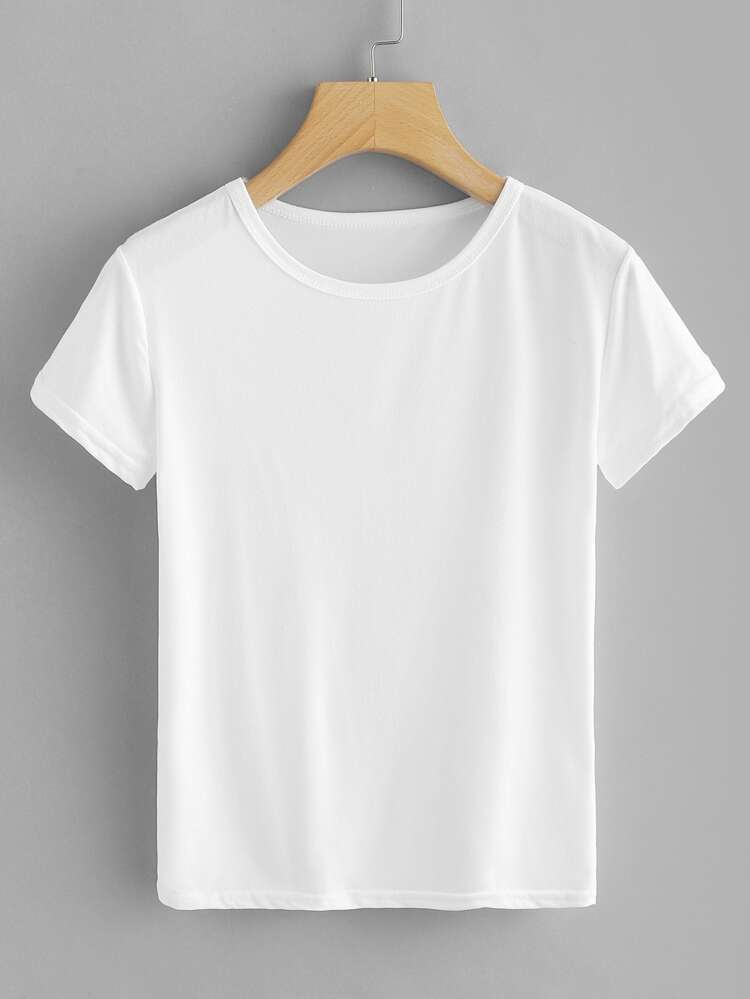T-shirts are one of the most simple and commonly purchased garments in the world. Today, I'll be looking at the lifecycle of this essential item to highlight the many stages involved in production and the many hands it has to pass through.

Growing, Harvesting & Picking
China, India and the US are the biggest cotton producers in the world. India alone has 5.8 million cotton farmers with 40-50 million people involved in the production and trade of cotton. Once cotton is planted, it can take 6-8 weeks until it first blooms. Once it is harvested and compressed, the fibres are separated from the seed before being spun into thread.
Cotton is less harmful to the environment compared to manmade materials like polyester, however the process of harvesting cotton still has a big impact. Cotton uses the highest quantity of pesticides in the world. This directly impacts the surrounding environment and the health of farmers. Organic cotton, however, is not grown with pesticides or insecticides.

Spinning, Weaving, Dyeing & Washing
Once the cotton is ready, it is blended, stretched and twisted into yarn. This yarn is then sent to mills which weave or knit these fibres into the fabric we all know. It can then be dyed and bleached. Some of these dyes and bleaches are harmful for the workers and the environment as they can contaminate groundwater. This is why it is important for businesses to work with factories who treat the water before releasing it into drains.

Cutting & Sewing
This is the stage when patterns are made to make sure the item fits well and fits the designer's measurement and designs. Samples are often made and once confirmed, production can begin.

Shipping
Once the garments are stitched and packaged, they are shipped off to the various stores and brands that have placed orders via plane, ship or train. If you look in your wardrobe, you'll find that the majority of your clothes are made in different countries.

Buying & Disposal
Here we are, at the point where we consumers enter the lifecycle. Once we find that perfect T-shirt, the best thing we can do is to re-use and re-wear it as much as possible. To reduce energy when washing, it's best to wash on a low temperature and air dry if possible. If you no longer need this product, the best thing to do is to donate, recycle or reuse them for something like cleaning. Although cotton is a natural product, it still takes years to break down. The production of clothing has a big impact on the planet so it is important to use the item to its fullest extent.



Leave a comment